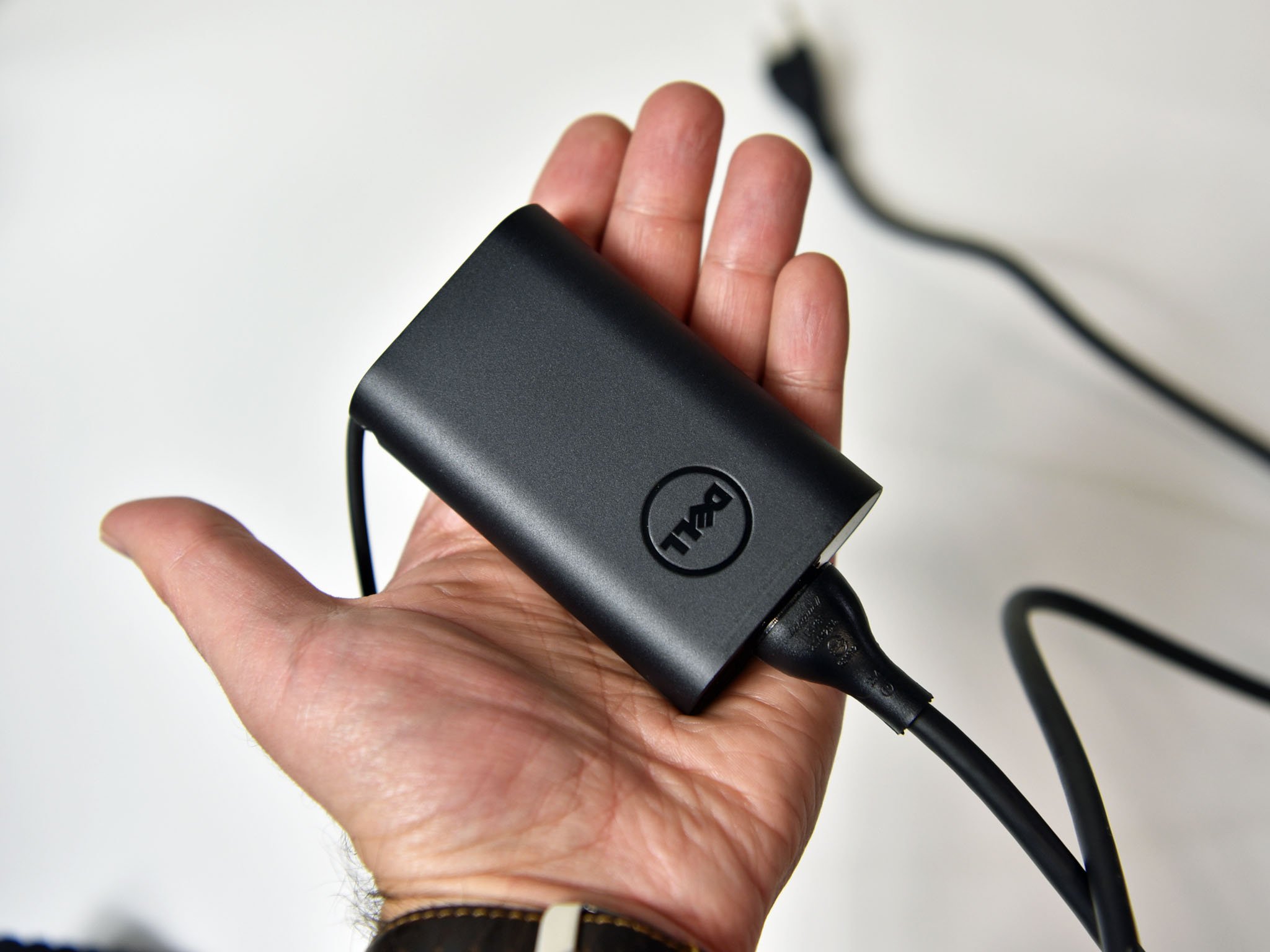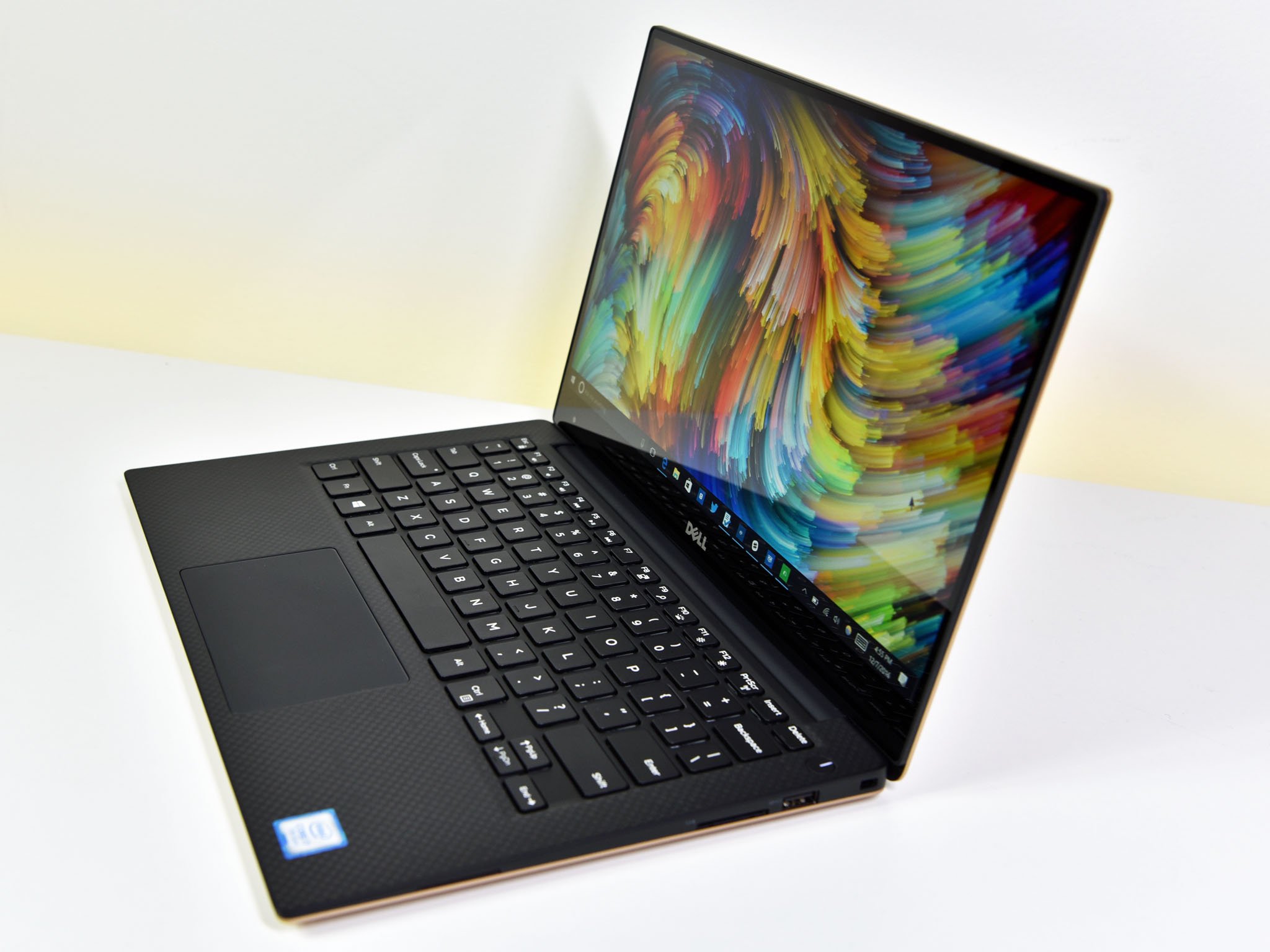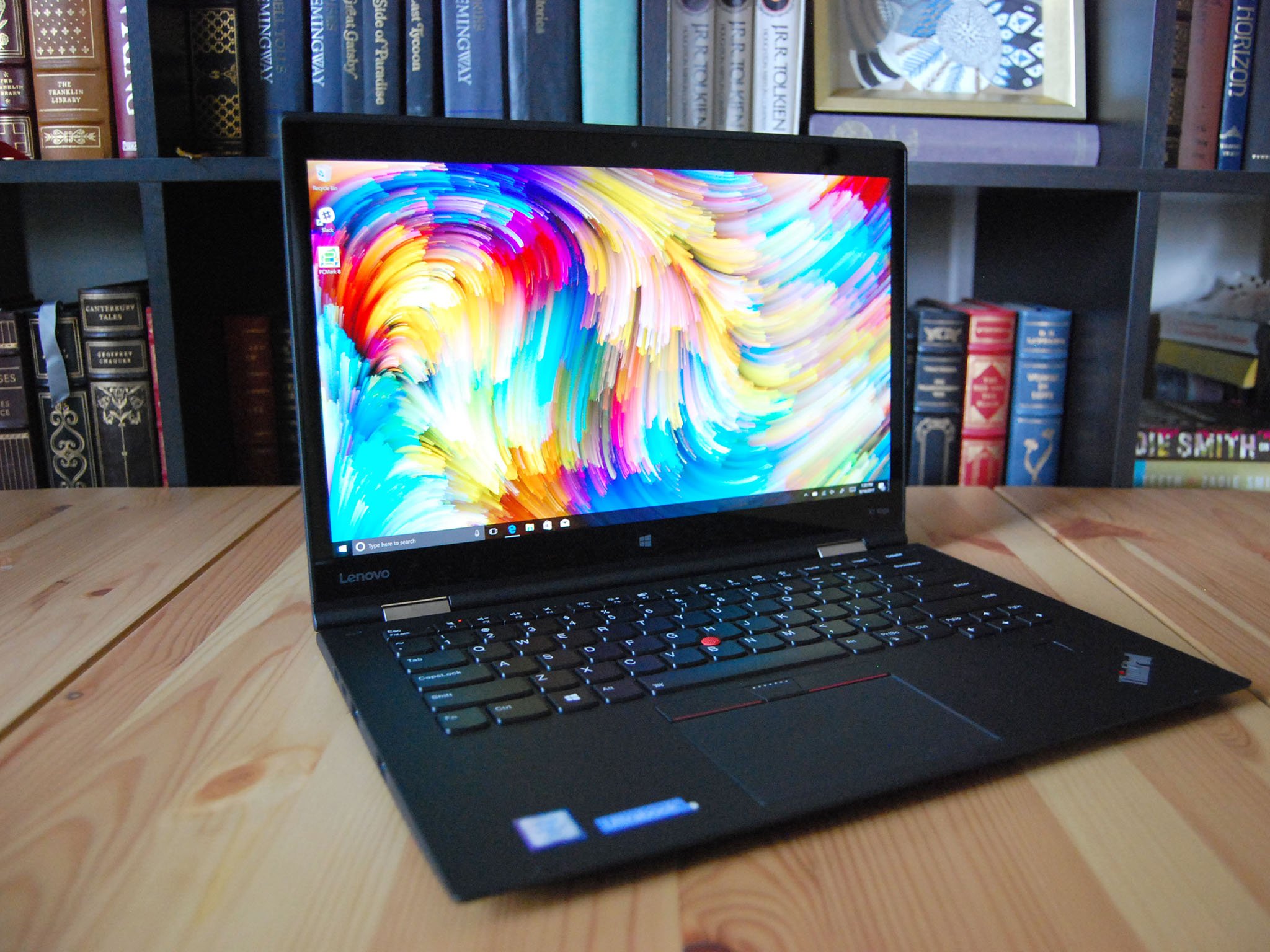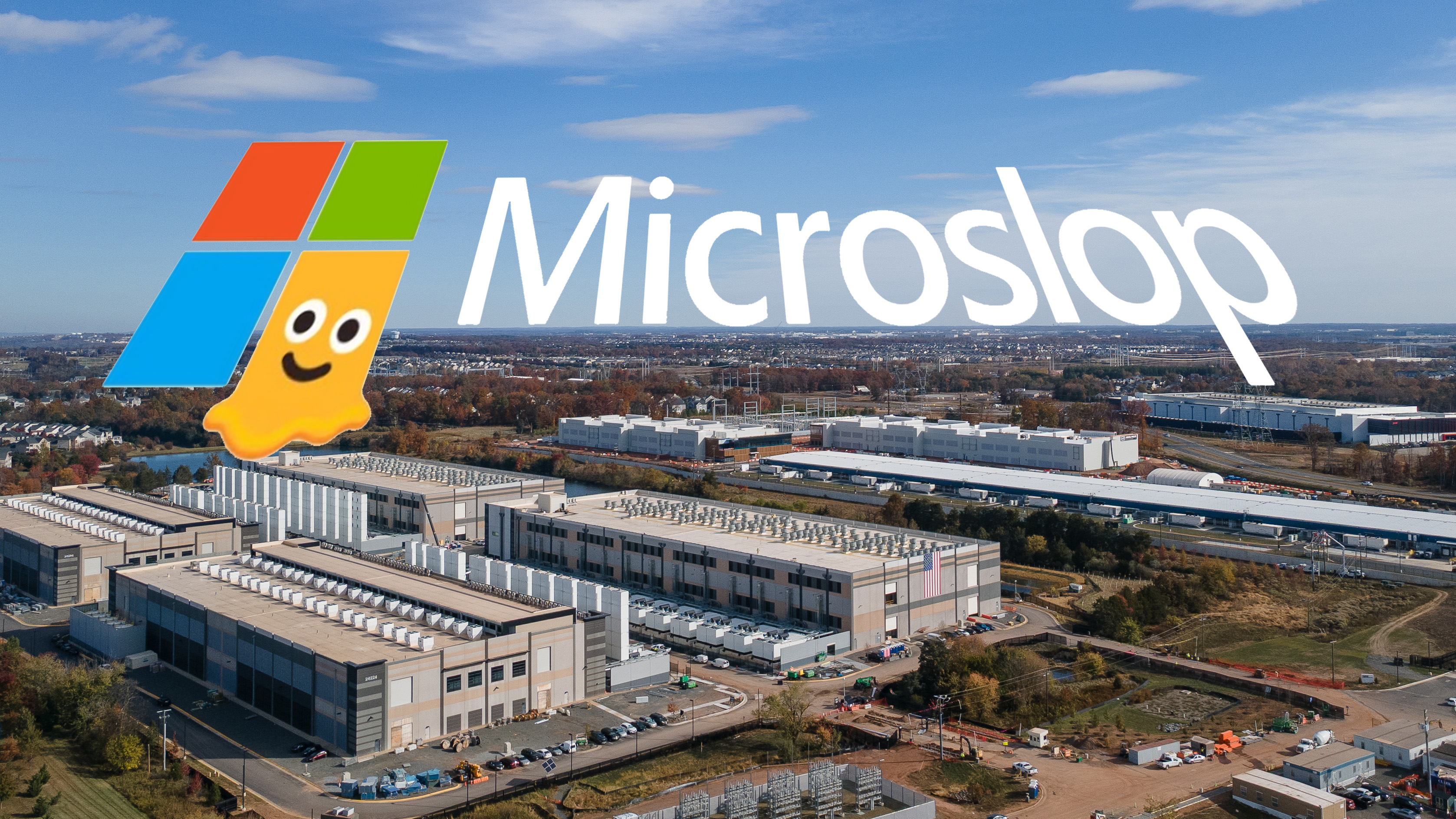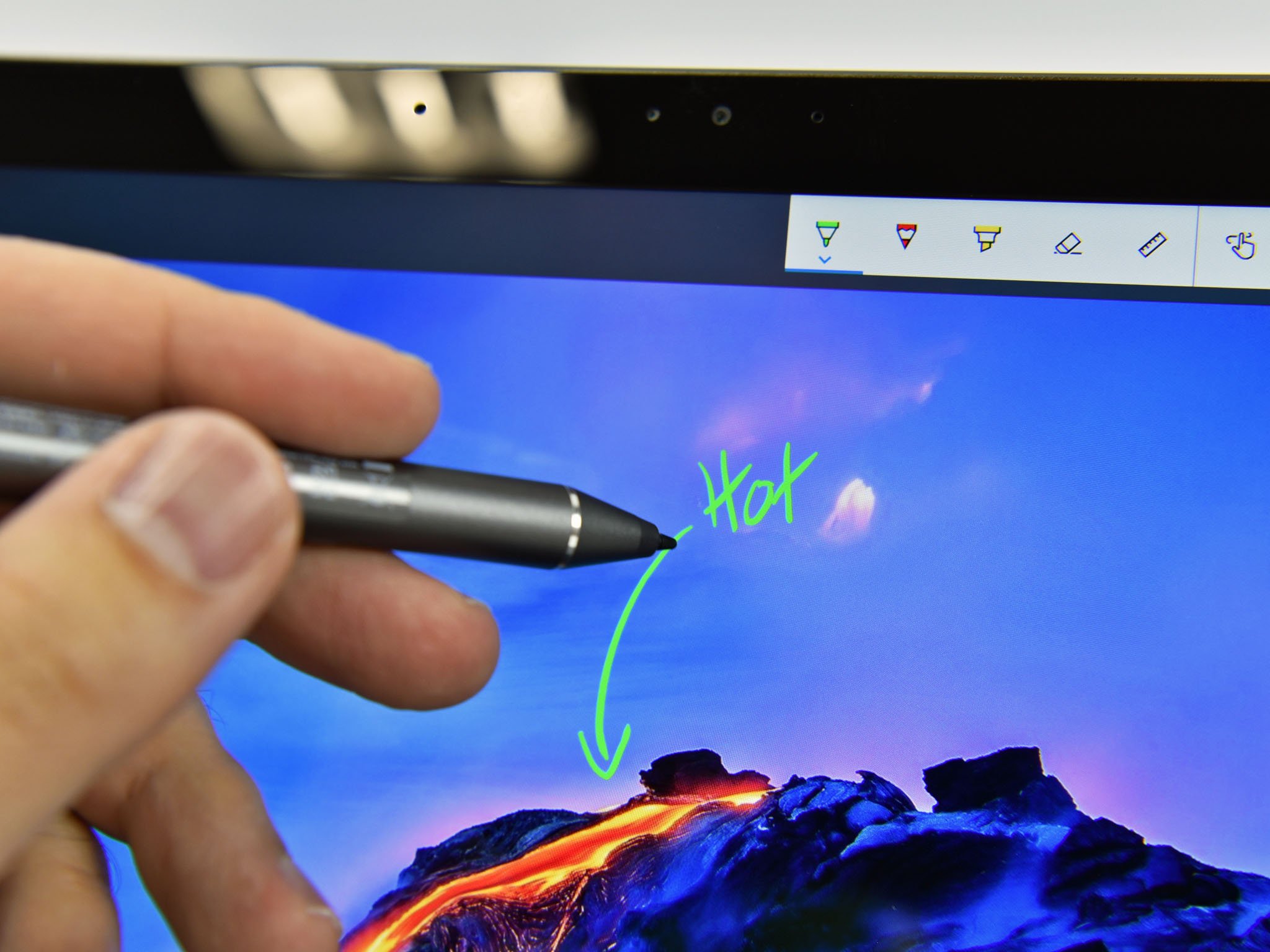
Buying a laptop these days is a process that usually has a lot of questions involved. Does it have the newest hardware and will it put up with my workload? How much storage does it have? Does it have a touchscreen? Regarding the final question, there is an ongoing debate over whether or not touchscreens are worth buying on Windows 10 laptops. We're not talking about 2-in-1s with detachable keyboards like the Surface Pro — we're talking laptops, whether convertible or notebook, like the Dell XPS 15. To help you decide, here are four reasons why you shouldn't buy a laptop with a touchscreen, and two reasons you should.
Why you shouldn't buy a touchscreen laptop
Here's the first part of the argument.,
Touchscreens drain batteries faster
Touchscreens come with a whole other set of processing jobs for the hardware inside your PC, mainly due to the touch panel constantly checking to see if any of your digits are touching the display. The difference in battery life can be quite drastic, sometimes cutting out up to hours of life.
Laptops are meant to be used on the go, and if you think you'll often use yours while traveling, commuting, or in the field, consider staying away from a touchscreen. You never know when you'll need an extra few minutes (or hours) of battery life.
See the laptops with the best battery life
Touchscreens are more expensive
Since you need a special display with a touch panel built into it, expect to pay more overall for a laptop. Many manufacturers will also offer the touchscreen in a higher resolution, further upping the price.
If you're searching for the best laptop for the lowest price, avoiding a touchscreen can save you a few hundred dollars.
All the latest news, reviews, and guides for Windows and Xbox diehards.
Touchscreens make laptops heavier
That extra technology baked into the display takes up space and will usually make the laptop heavier. The difference in weight is often in mere grams, but part of the allure of a laptop is how light it is.
The difference in the Dell XPS 13, for example, is about 0.2 pounds. That's really not a lot, but in a laptop that already weighs under three pounds, it is noticeable.
Touchscreens are harder to see in direct light
Using a touchscreen in the dark or in a room with dim lighting won't cause many problems, but have you ever tried using one in direct light? Since most touchscreens have a glossy finish (the alternative is a matte finish, which is much better in the sun but not often used on touchscreens), fingerprints, smears, and smudges show up in a major way.
Using a PC in places other than a desk is really what laptops are all about, so you'll no doubt encounter some sun or direct light. If a dirty phone screen or smudged eyewear already drive you nuts, consider whether you want to be cleaning another display.
Why you should buy a touchscreen laptop
On the flipside, we have some good reasons why you should pay a little bit extra for a notebook with touch.
Touchscreens add versatility
In the case of a standard notebook — a laptop that doesn't convert into tablet, stand, and tent modes — it's not as easy to use a touchscreen. You have to reach over a perfectly usable keyboard and touchpad, and the whole operation is a bit awkward with the bottom portion of the laptop in the way.
A convertible laptop, however, lets you rotate the display around so that the touchscreen is front and center. Lenovo's ThinkPad X1 Yoga is a laptop designed with business productivity in mind, but it can also be turned into a tablet for watching TV and movies, reading books, or swiping through social media sites. Many apps available for Windows 10 are designed with touch in mind, and Windows 10's tablet mode is really half the fun of the OS.
See the best convertible laptops
Touchscreens add pen options
The 2-in-1 Surface Pro is a prime example of what a laptop with a pen can achieve, but something like the HP Spectre x360 is not far behind, albeit in a convertible form. You have a standard laptop for typing and productivity, but you can also flip the display around and use the impressive HP pen.
Many Lenovo laptops also feature an active stylus, and while they don't deliver quite the same experience as a full-fledged pen, they still do a great job of making you believe that you're writing or drawing on real paper. If you like the idea of jotting down notes or quickly annotating documents, a touchscreen combined with a pen and Windows Ink is something to behold.
Do you use a laptop with a touchscreen?
Which side of the debate are you on? Do you prefer a laptop with a touch display or one without? Let us know! Also, be sure to check out our Laptop Buyer's Guide for way more information about what laptops currently reign supreme.
See our Laptop Buyer's Guide

Cale Hunt brings to Windows Central more than nine years of experience writing about laptops, PCs, accessories, games, and beyond. If it runs Windows or in some way complements the hardware, there’s a good chance he knows about it, has written about it, or is already busy testing it.
